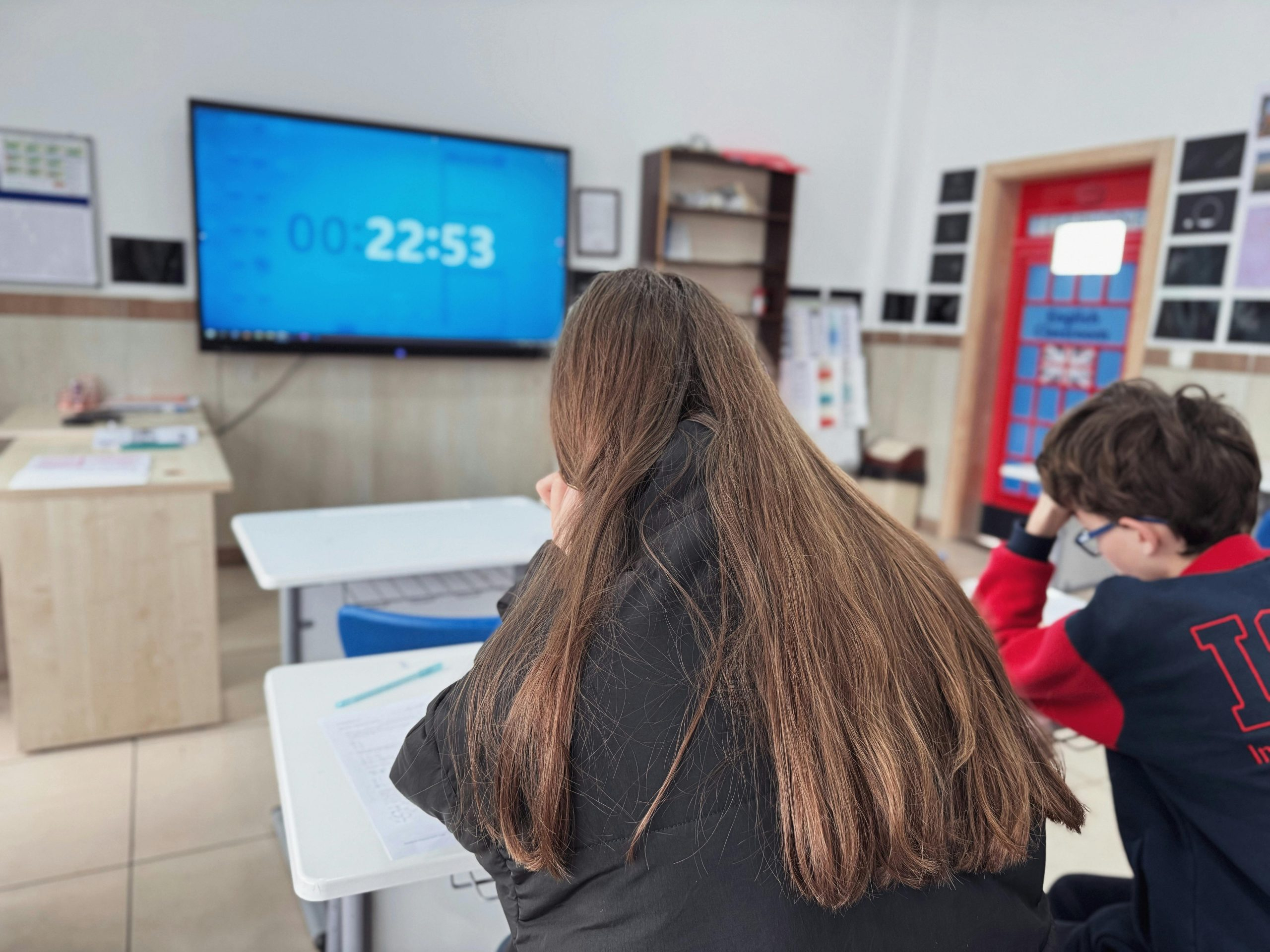Advancing inclusive curriculum through teaching strategies
As educators, it is our responsibility to ensure that all students have access to an inclusive curriculum. This means creating a learning environment that caters to the diverse needs and backgrounds of our students. Inclusive curriculum refers to a curriculum that acknowledges and respects the different experiences, perspectives, and abilities of students, and provides them with equitable opportunities to learn and succeed.
Why is Advancing Inclusive Curriculum Important?
Inclusive curriculum is crucial for creating a safe, welcoming, and supportive learning environment for all students. When a curriculum is not inclusive, it can leave certain students feeling marginalized, excluded, or misunderstood. This can have a negative impact on their academic performance and overall well-being.
Furthermore, a lack of inclusive curriculum can perpetuate inequalities and reinforce discriminatory attitudes and biases among students. By advancing inclusive curriculum, we can educate our students to be empathetic, understanding, and socially aware individuals who are prepared to participate in an increasingly diverse world.
Teaching Strategies for Advancing Inclusive Curriculum
1. Get to Know Your Students
The first step in creating an inclusive curriculum is to get to know your students. This means understanding their cultural backgrounds, learning styles, strengths, and challenges. By taking the time to build relationships with your students, you can gain a deeper understanding of their unique needs and tailor your teaching strategies accordingly.
One effective way to get to know your students is through personal profiles or surveys. These can gather information about their interests, personal experiences, and learning goals. This can not only help you design an inclusive curriculum but also make your students feel valued and seen.
2. Use Diverse Teaching Materials
A key aspect of advancing inclusive curriculum is using diverse teaching materials that represent different cultures, perspectives, and identities. This can include books, videos, music, and visual aids that reflect the diversity of your student population.
In addition to incorporating diversity in material selection, it is also important to avoid stereotypes and biases in your teaching. Be mindful of the language and examples you use, and seek to challenge any unconscious biases you may have.
3. Differentiate Instruction
Not all students learn at the same pace or in the same way. Inclusive curriculum requires teachers to differentiate instruction to meet the diverse needs of their students. This can include providing additional resources for struggling students, or offering challenging activities for advanced learners.
Teachers should also be open to adapting their lessons to accommodate students with disabilities or learning differences. For example, providing audio-visual materials for students with visual impairments, or offering breaks for students with ADHD.
4. Encourage Dialogue and Collaboration
Inclusive curriculum cannot exist without open dialogue and collaboration between students. Encourage your students to share their perspectives, listen to others, and engage in respectful discussions. This can help break down cultural barriers, promote understanding, and foster empathy.
You can also incorporate group projects and activities that promote teamwork and collaboration between students of different backgrounds. This can not only enhance their learning experience but also build a sense of community within the classroom.
Conclusion
Advancing inclusive curriculum through teaching strategies is crucial for creating a learning environment that is welcoming, supportive, and equitable for all students. By getting to know your students, using diverse materials, differentiating instruction, and promoting dialogue and collaboration, educators can create an inclusive curriculum that prepares students to thrive in a diverse and interconnected world.










